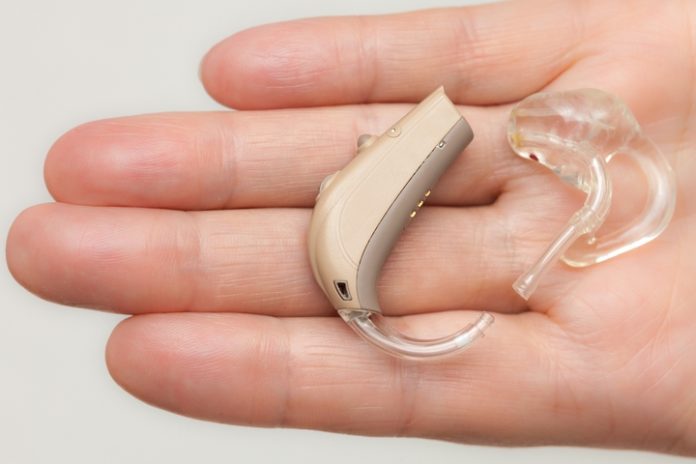Hearing aids have become so sophisticated, that really, you can think of them as doing the same job as your ears regularly do, but with a few added tricks and bonuses. Studies are showing that more and more hearing problems are going untreated and that the number of people who could actually benefit from hearing aids is substantially less than the number of people who use them.
Hearing loss is very common and requiring a hearing aid is absolutely nothing to be ashamed of. Here is a little more insight into exactly how hearing aids work.
1. What is a hearing aid?

Essentially, hearing aids are a miniature electronic device that consist of several components. They include a microphone, an amplifier (most now use digital signal processing), a miniature speaker, a batter, a on and off switch and a programming function. In order to protet the device, especially from earwax that could potentially damage some of the circuitry, many hearing airs are also equipped with wax guards. They also include some type of volume control and programming options, so that the person wearing the device can adjust it according to their listening environment. The most high-end hearing aids will also feature a filtering component that will adjust sound to create a more natural hearing experience and can help the wearer detect sounds that might otherwise be outside of their audible range.
2. How much can a hearing aid really help?

Hearing aids can be incredibly beneficial for people with a variety of hearing challenges. The types of hearing loss that a hearing aid can address include: conductive, sensorineural, and mixed. Conductive hearing loss affects the middle ear, sensorineural hearing loss affects the inner ear, and mixed hearing loss is a combination of both. People with profound hearing loss, of those who are completely deaf, may not be able to benefit from hearing aids, but could rather require a surgical implant. All in all, standard hearing aids are able to greatly increase the quality of life for many who wear them, they can help improve cognition and overall mental acuity.
3. What kind of hearing aid should I get?

There are two basic types of ‘hearing aids’: analog and digital. Generally speaking, for something to be officially considered a proper hearing aid, it should be of the digital variety. Whereas digital devices can account for all sorts of sound inconsistencies, analog models simply make everything the wearer is hearing louder. Digital hearing aids, on the other hand, filter out noise and are able to improve the overall sound quality by selectively increasing amplification. Digital models are more flexible and can be adjusted for virtually any type of hearing loss or listening environment.
4. What sort of styles are available?

Due to the fact that hearing loss impacts every individual differently, modern hearing aids are intended to be highly customizable and suitable for any ear shape or degree of hearing loss. You can find all sorts of different designs and color options suitable to the person wearing them. Although every style or option comes along with the regular advantages and disadvantages, when shopping for a hearing air, the advice of a hearing care professional should always be taken into consideration.
5. Do I need to consult an expert?

Yes. These trained professionals will help you determine the level of hearing loss and will also account for any factors that might ultimately effect the fit and performance of the model in question. They can provide suggestions that will offer maximum comfort, convenience, and performance, as well as suit style preferences. A specialist will also help explain what you should expect for form your hearing aid, so that you can properly manage your expectations and avoid disappointment.














